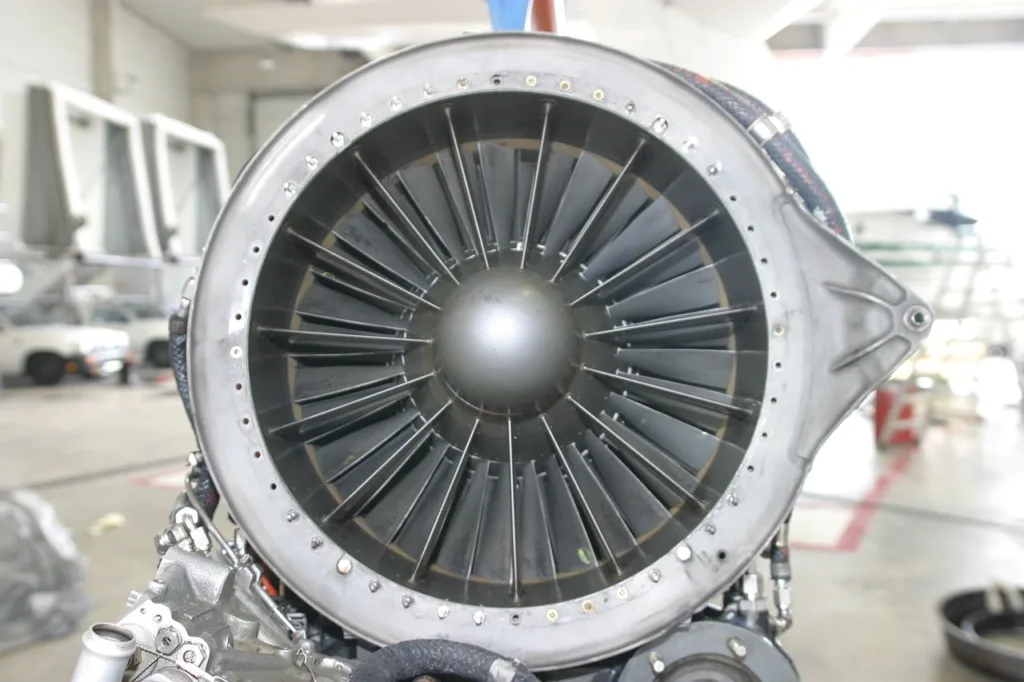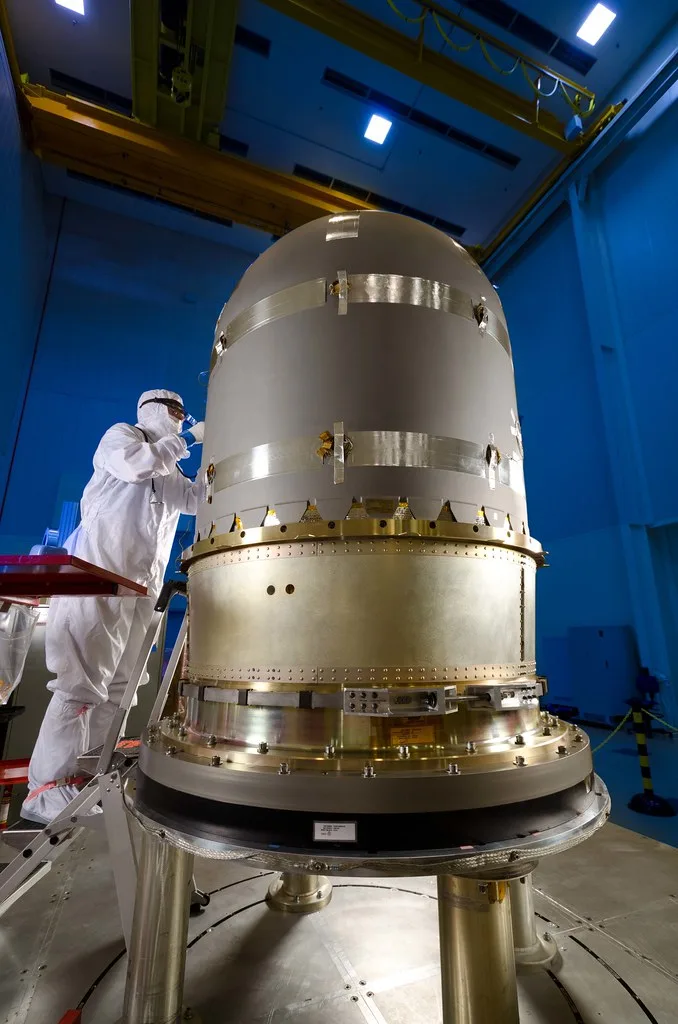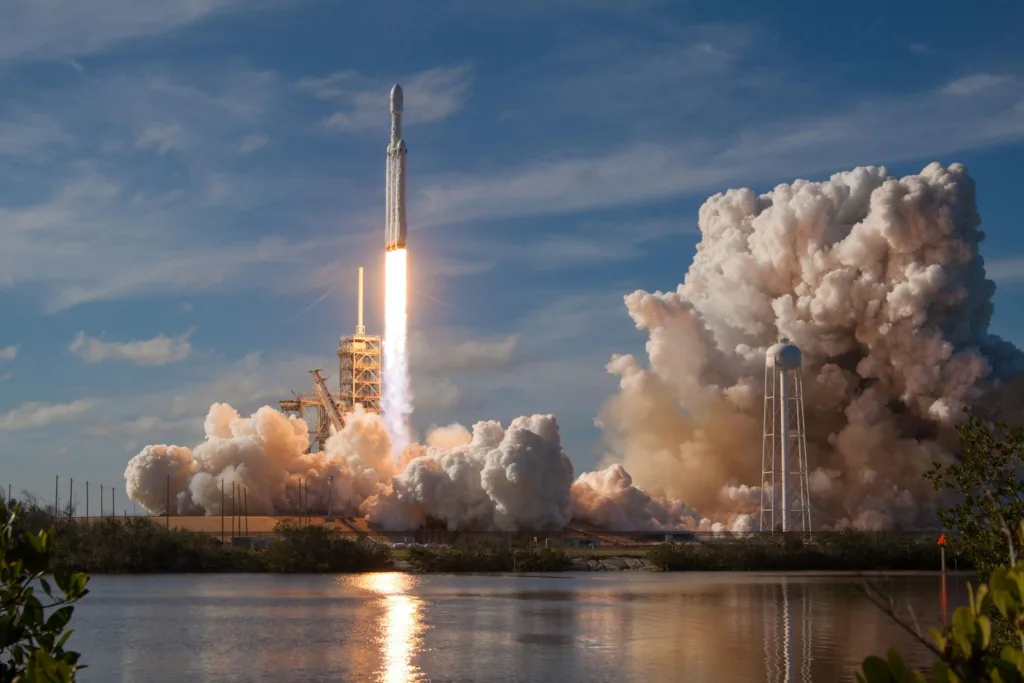Table of Contents
Co-founder of Exodus Propulsion Technologies and seasoned NASA engineer Dr. Charles Buhler asserts that the propellantless propulsion drive of his company defies physical principles.
According to the former NASA employee, the propulsion engine can produce sufficient thrust to defy Earth’s gravity without displacing mass.
It’s a strong assertion, and it might wind up grouped with other contentious ideas like the propellant-free EmDrive.
But Buhler’s background as NASA’s electrostatics subject matter specialist has made others pay attention.
New assertions of propellant-free space flight

Over twenty years ago, Buhler and his group began investigating propellantless propulsion systems. Their propulsion drive is built on a cutting-edge strategy that uses electrostatic pressure imbalance to advance the drive.
At the most recent Alternative Propulsion Energy Conference (APEC), the team showcased their drive design. There, Buhler described the advancements made by his team over time.
For instance, the team’s most advanced devices were generating slightly more than a hundred thousandth of a gravity between 2016 and 2020. But in the end, they wanted to attain “unity,” Buhler stated in a recent interview with The Debrief. When a drive generates enough thrust to lift itself in the gravitational pull of Earth, it is said to be at unity.

Buhler and his team have worked tirelessly to rule out any other explanation for the minute, yet detectable, force they were observing in trials, much as they have done with projects similar to the EmDrive.
According to Buhler, the propellantless drive eventually attained one full Earth gravity in 2023. He and his colleagues assert that his propulsion system has proven capable of applying a force equal to Earth’s gravity without releasing propellant mass. In essence, they think they have found a hitherto undiscovered new power.
Electric fields alone can provide a sustainable force onto an item and enable center-of-mass translation of that object without expelling mass, which makes the finding of a New Force “fundamental,” Buhler told The Debrief.
“There are regulations that include energy conservation, but when done properly, one can create forces that are unmatched by anything that humanity has ever done,” he continued.
Until the next thing arrives, we will use this power to propel objects over the next 1,000 years.

Is there any truth to Exodus Propulsion Technologies?
Buhler and his team’s propulsion efforts would surely represent a significant breakthrough if their assertions turn out to be accurate. A propellant-free technology would revolutionize spaceflight, enable far-reaching missions, and drastically reduce expenses. Why, therefore, has there been so little excitement when the news broke?
We’ve been here before, which is why. Similar claims have been made in the past by supporters of the EmDrive and the Quantum Drive from IVO LTD. Thus yet, neither of these has yielded any notable outcomes in space.

Buhler asserts in an interview with The Debrief that his team’s motivation stems from thorough experimentation and observable outcomes. Buhler’s background, which includes work on NASA’s Space Shuttle, the International Space Station (ISS), and the Hubble Telescope, adds credence to the concept.
However, unless Exodus Propulsion Technologies is able to show its technology in space, its enormous claim will probably be viewed with skepticism.
According to the former NASA employee, the propulsion engine can produce sufficient thrust to defy Earth’s gravity without displacing mass.
According to the former NASA employee, the propulsion engine can produce sufficient thrust to defy Earth’s gravity without displacing mass.
According to the former NASA employee, the propulsion engine can produce sufficient thrust to defy Earth’s gravity without displacing mass.
read also : Scientists believed they understood the composition of Neptune and Uranus. They were duped.
NASA veteran’s propellantless propulsion drive defies laws of physics (msn.com)


1 thought on “Propellantless propulsion drive developed by a NASA expert defies physics laws”